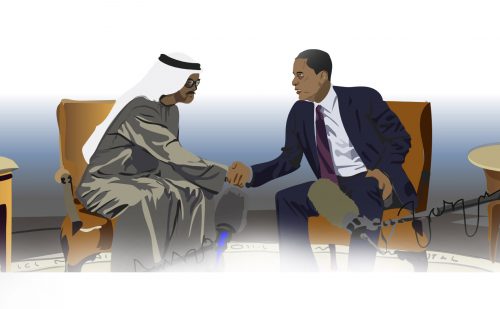Political economy of the contemporary MENA region
Since the Arab uprisings of 2010-2011, the Middle East and North Africa’s struggles with inequality, indebtedness, joblessness, and weak growth have become increasingly well-documented. Despite this, public understanding of what is driving these trends remains limited, and the explanations typically put forth— cronyism, over-enlarged states, burdensome regulatory environments, a lack of financial inclusion—closely resemble the tropes of yesteryear.
Partially as a result, attempts at advancing policy responses are floundering: Amongst the non-energy producers in particular, one observes governors again administering austerity while tying their economy’s growth to misguided schemes for derisking investment opportunities. Looking forward, most of the MENA region stands at the precipice of a second consecutive lost decade when it comes to development. Knock-on effects in terms of political stability, migration, and violence will be significant.
The scientific and real world consequence of these subject matters are difficult to overstate. In an era when climate change is to disrupt livelihoods across the Middle East and North Africa, the region’s long festering development crisis is poised to be acutely destructive.
Cognizant both of the stakes and of the degree to which MENA’s development crisis continues to be misdiagnosed, the Noria MENA Program has designed an intervention plan. It is oriented with two objectives in mind:
- To enhance the state of knowledge on the causes of inequality, indebtedness, joblessness, and weak growth in the MENA region.
- To develop actionable policy solutions when it comes to these issues.
Publications
-
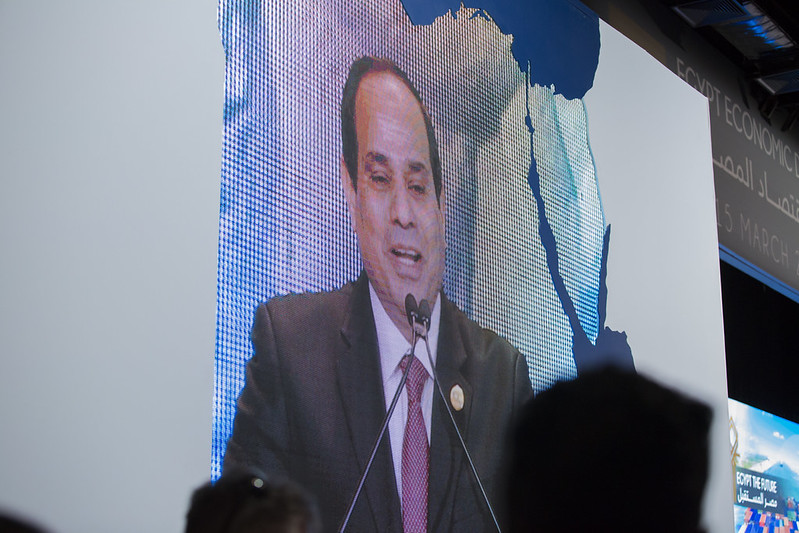
Middle East & North Africa
Temporalities of Crisis: Egypt Today and Tomorrow
-
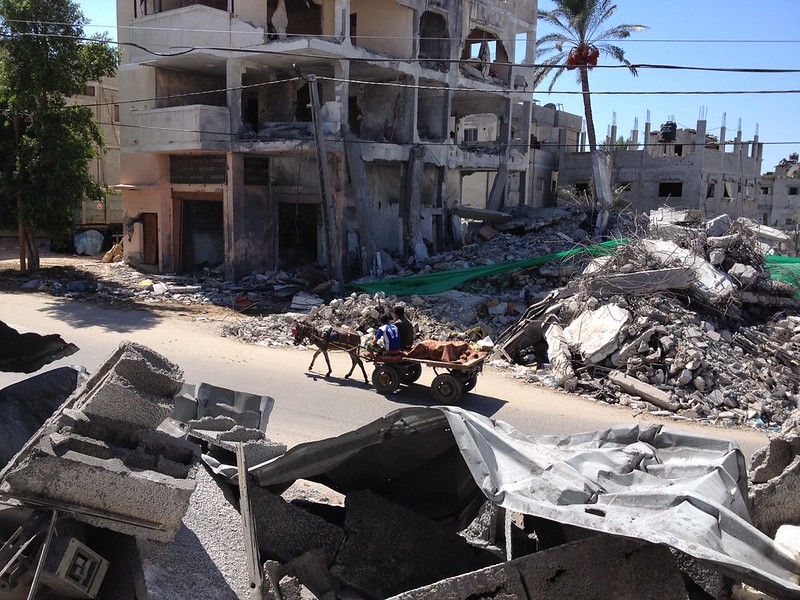
Middle East & North Africa
Gaza’s Reconstruction and the Settler-Colonial Logic of Elimination
-
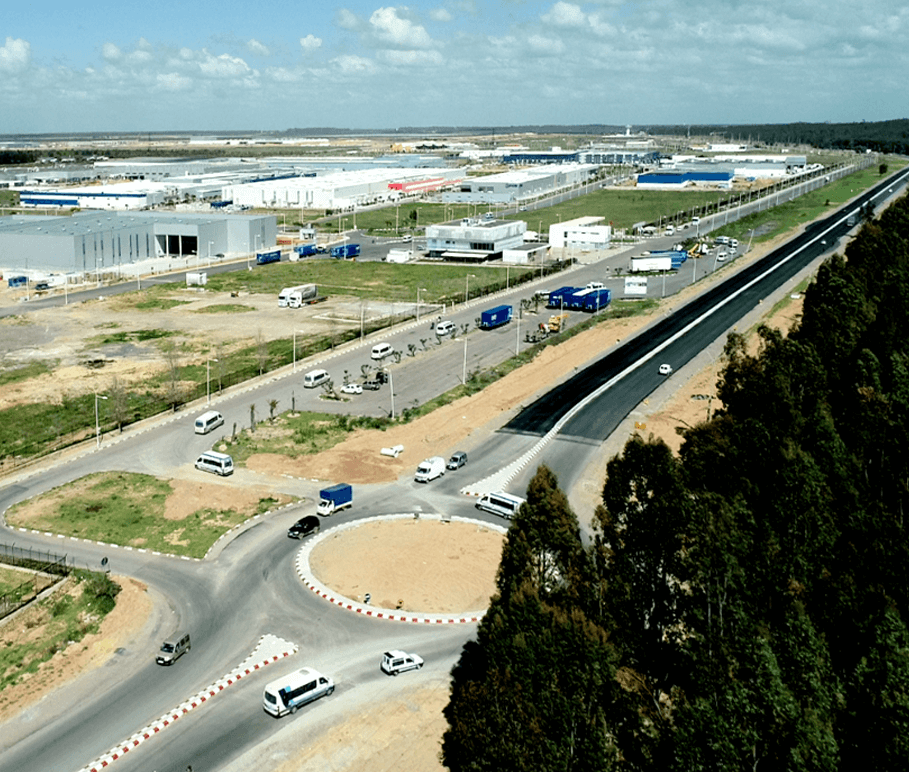
Middle East & North Africa
Against FIFA 2030 or Dependent Capitalism? The Thread between GenZ Revolt and Morocco’s Subordination in the Automotive GVC
-

Middle East & North Africa
Devalued Money and Depleted Resources: The Ecological Consequences of Monetary Policy in North Africa
-
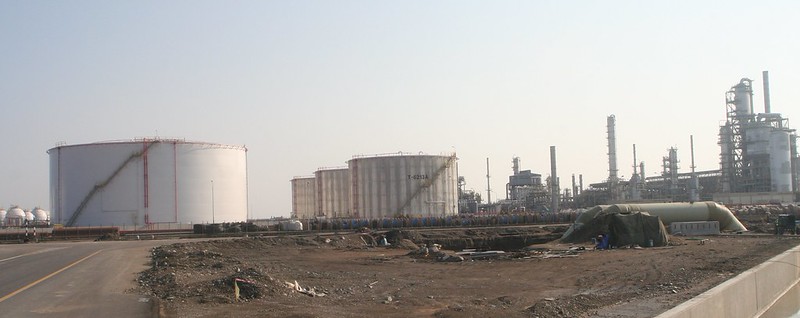
Middle East & North Africa
Hy Hopes: The Goals and Challenges of Oman’s Hydrogen Strategy
-

Middle East & North Africa
Global Gaza: The Political Economy of Genocide
-

Middle East & North Africa
Scarcity by Design: The Political Economy of Water in Jordan
-
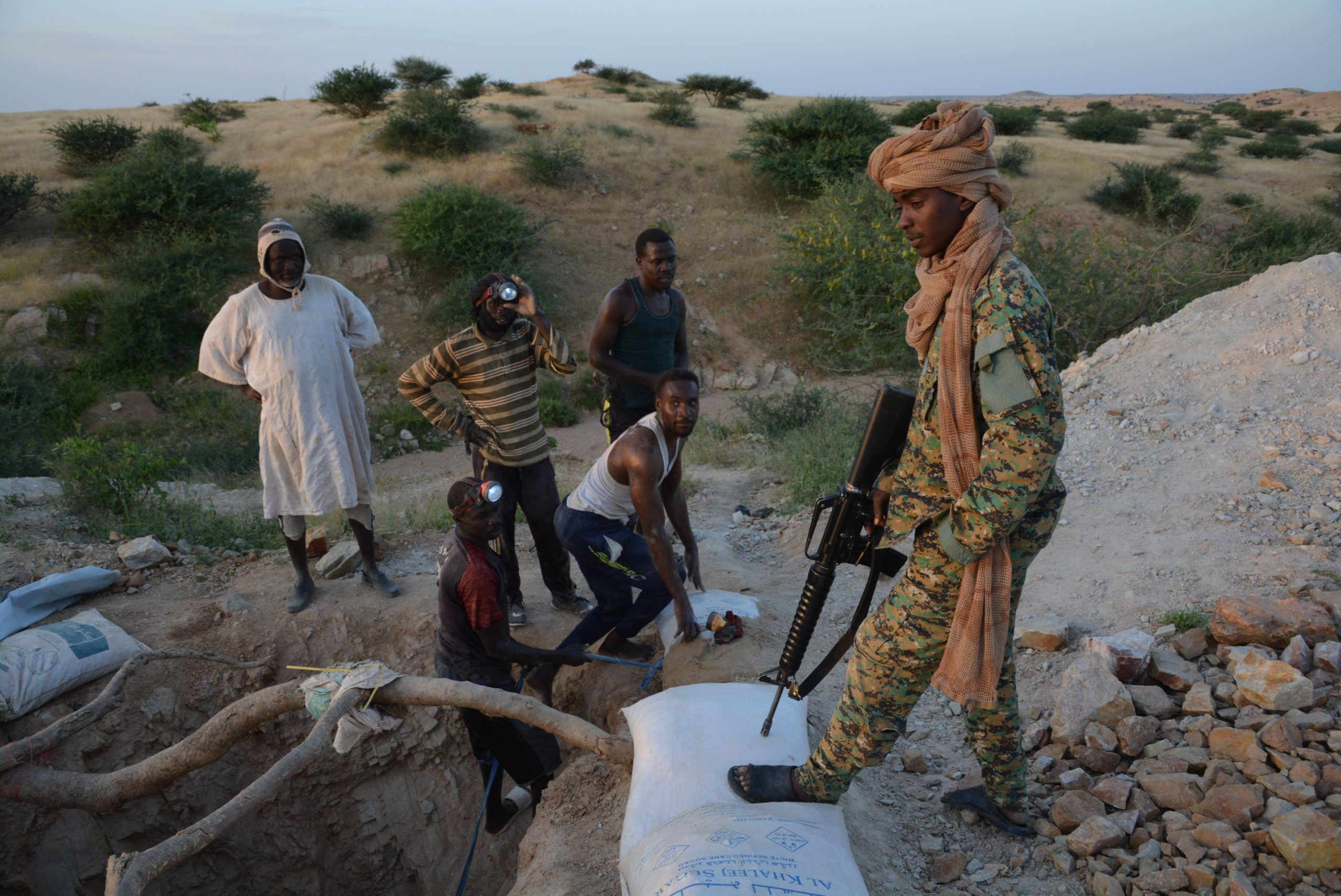
Middle East & North Africa
Black Gold, Liquid Metal: The Political Economy of Gold in Sudan
-

Middle East & North Africa
Unpacking the Political Stakes Behind Baghdad’s New Central Bank Tower






